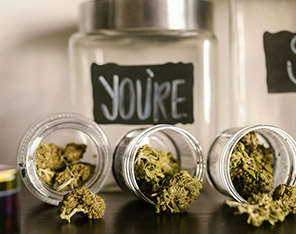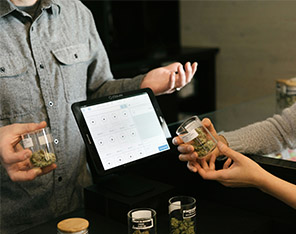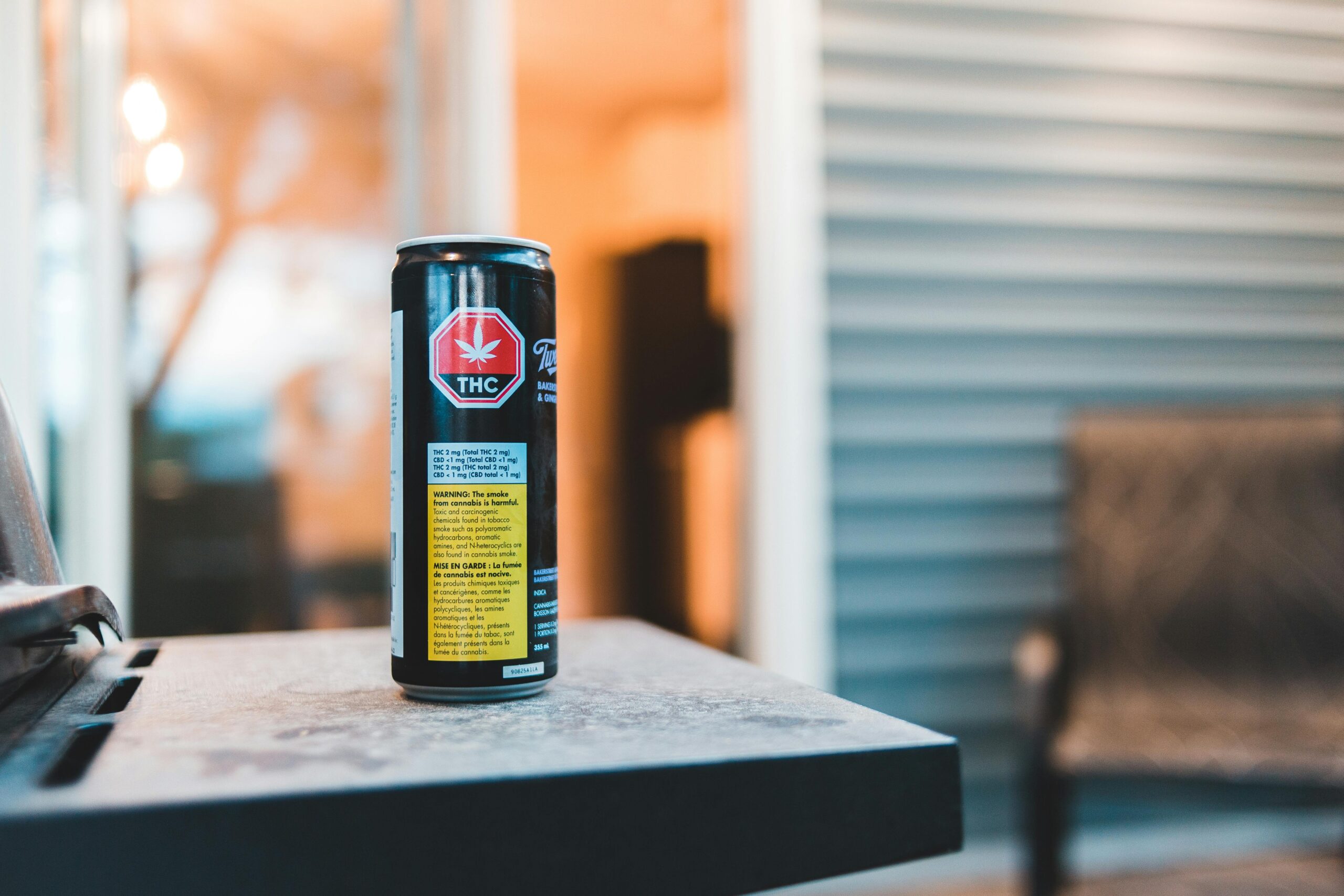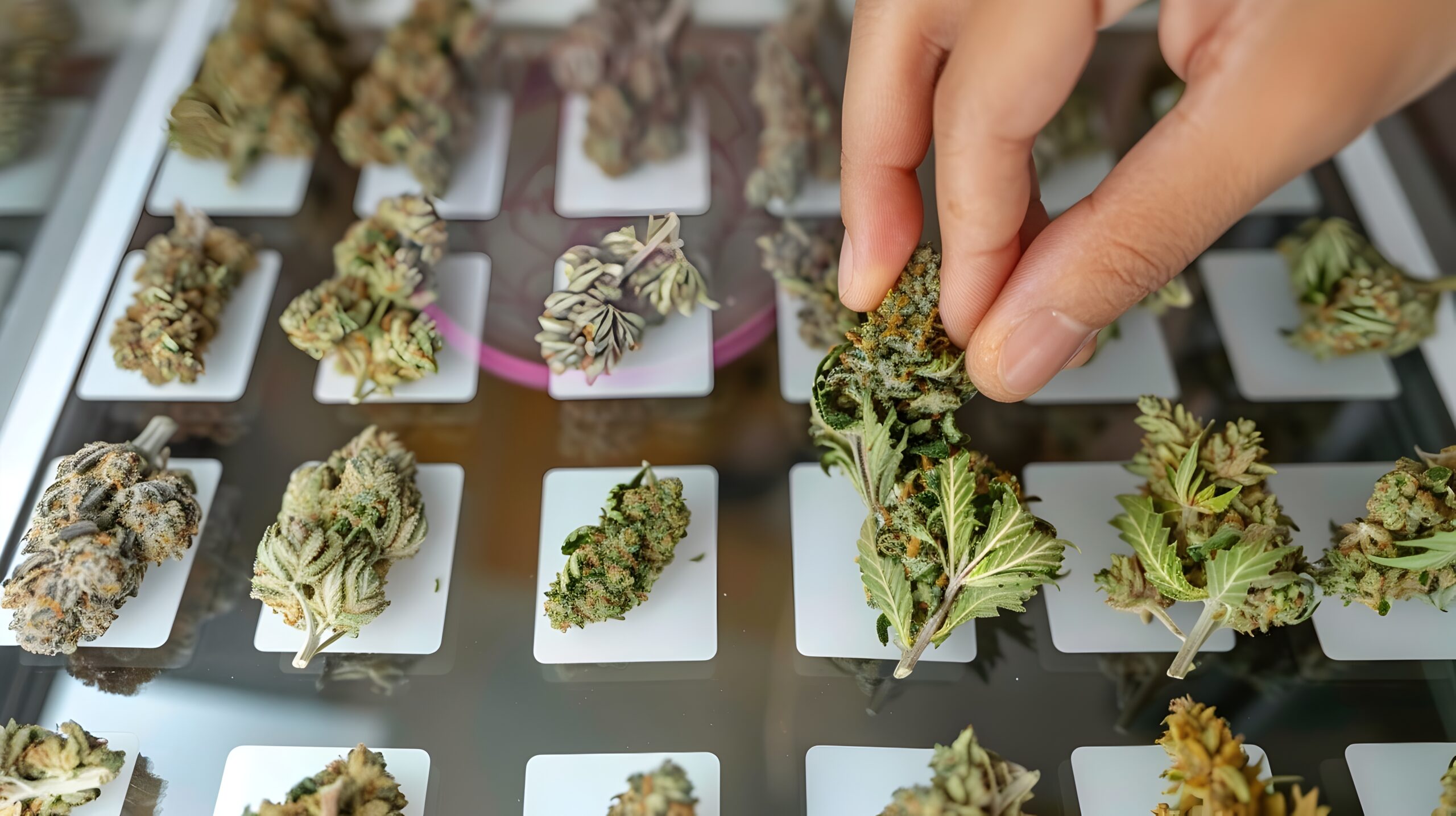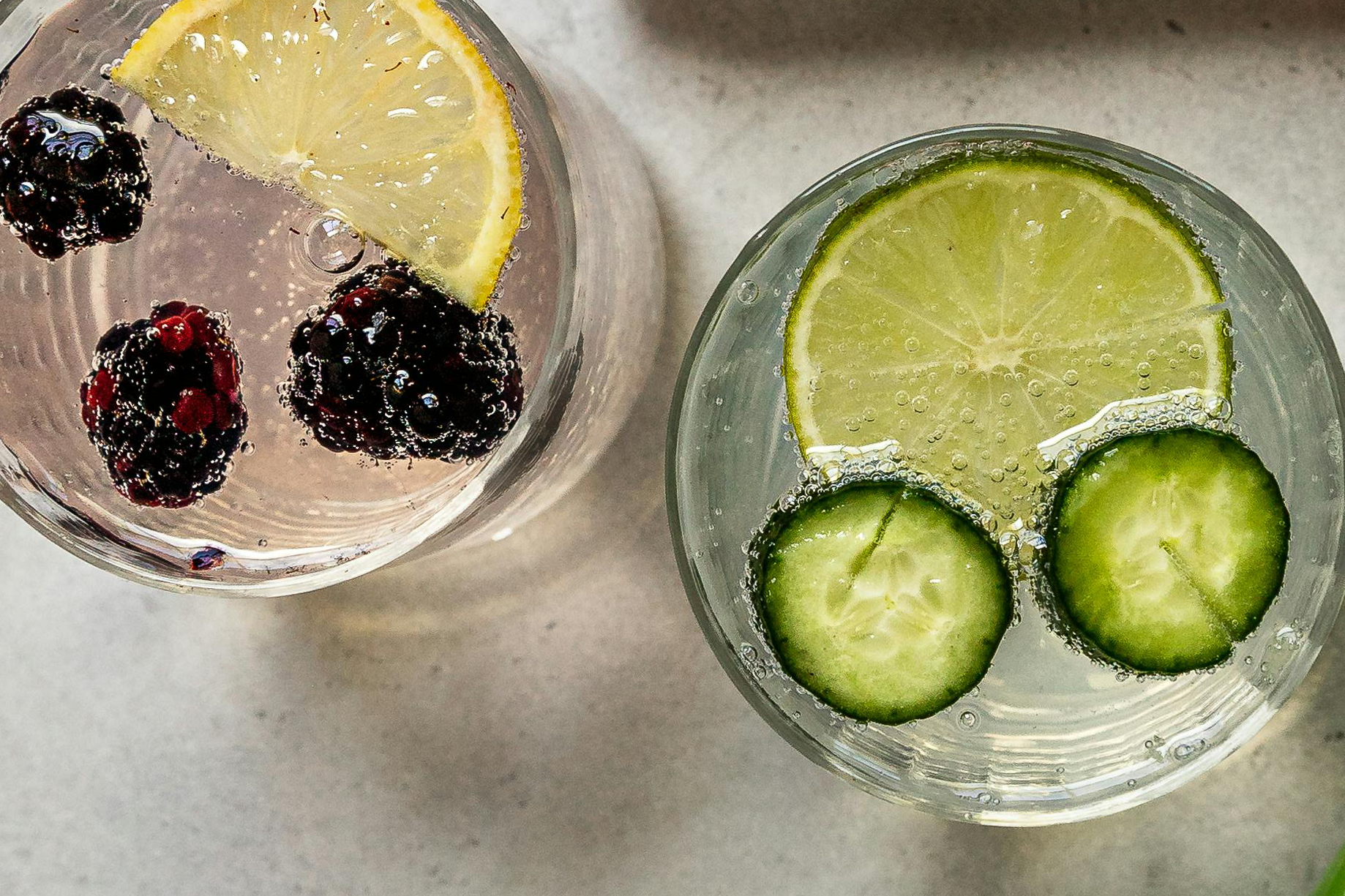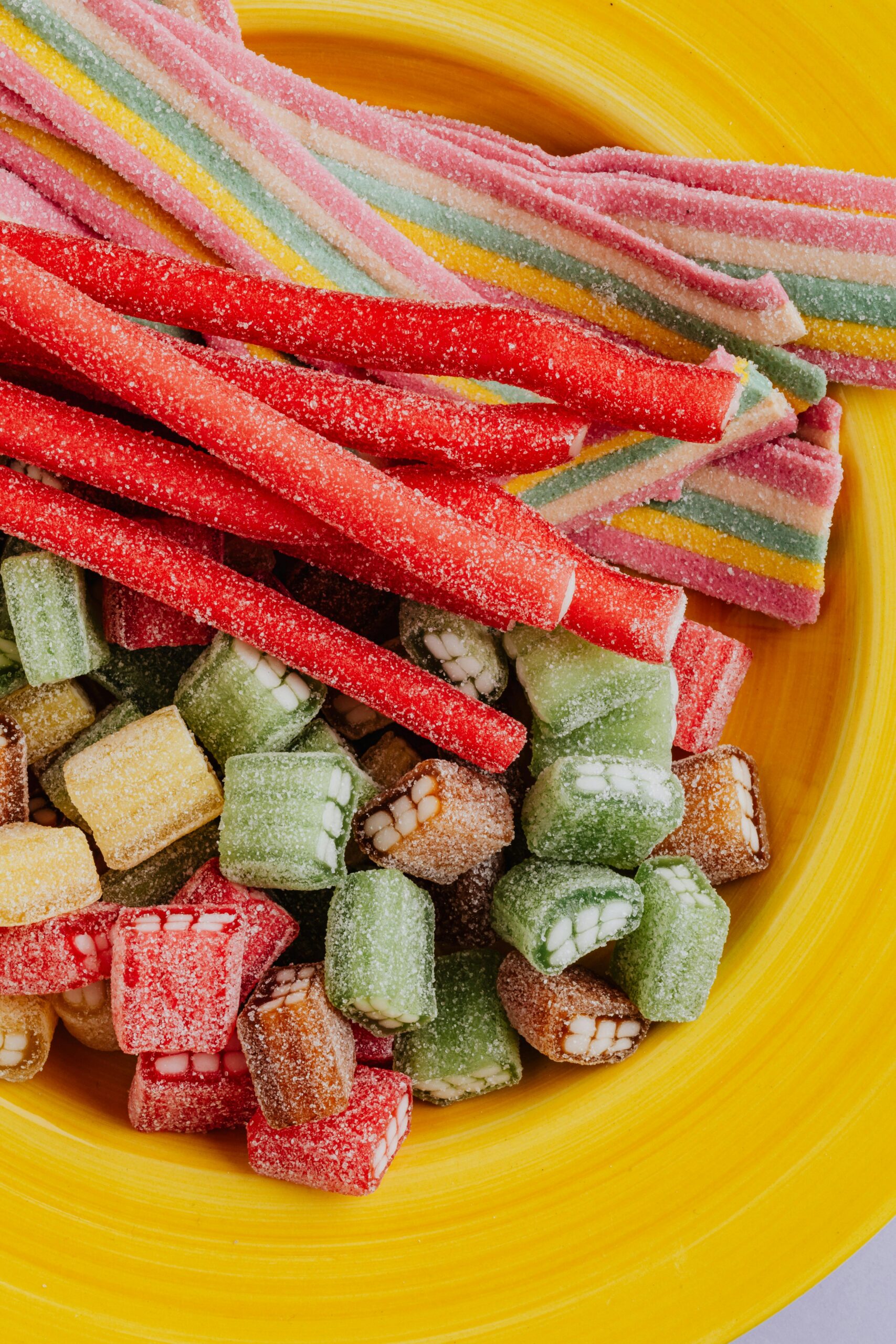In the grand, ever-shifting landscape of how we choose to unwind, socialize, and enhance our daily lives, a significant transformation is underway. The familiar rituals—a glass of wine after work, a beer at the game, a cocktail with friends—are being met with a new and compelling alternative that is bubbling up from the counter-culture and into the mainstream cooler. We are, of course, talking about the rise of cannabis-infused drinks and beverages. As we navigate 2025, these products are no longer a niche curiosity but a formidable force in the worlds of wellness and recreation. They represent a sophisticated, smoke-free, and precisely-dosed way to tap into the blissful and euphoric potential of cannabis, offering a journey that is as delicious as it is delightful. This isn’t just about a new product; it’s about a new paradigm for conscious consumption and curated experiences.
THC 101
To fully appreciate the nuanced world of THC-infused beverages, it is essential to have a foundational understanding of the star ingredient: Tetrahydrocannabinol (THC). As the most famous and abundant psychoactive compound found in the cannabis plant, THC is the primary architect of the classic ‘high’. It’s the molecule that interacts with our bodies to produce the celebrated feelings of euphoria, altered perception, and deep relaxation. When you consume a product containing THC, you are inviting this unique compound to engage with your internal systems. Understanding the nature of THC is the first step toward understanding the vast potential held within every can, bottle, and powdered drink mix on the market today.
The remarkable spectrum of effects produced by THC is a direct result of its interaction with the body’s endocannabinoid system (ECS). The ECS is a complex and crucial cell-signaling network that acts as a master regulator for the entire body, helping to maintain a state of internal balance known as homeostasis. Our bodies create their own natural cannabinoids, called endocannabinoids, that bind to ECS receptors to modulate everything from mood and memory to appetite and sensory perception. THC’s molecular structure is so similar to our own endocannabinoids that it can also bind to these receptors, particularly the CB1 receptors that are highly concentrated in the brain. However, THC’s influence is generally more powerful and sustained, leading to the noticeable and often sought-after shifts in consciousness that define the cannabis experience.
The immense popularity of cannabis, which has exploded in recent years and continues its upward trajectory in 2025, is deeply rooted in a collective cultural shift. As a society, we are actively seeking more nuanced, sophisticated, and wellness-oriented ways to shape our recreational time. The one-size-fits-all approach of traditional substances like alcohol is being challenged by a desire for more control, fewer negative side effects, and a greater variety of experiences. THC’s versatility is central to its appeal; it can be the catalyst for a vibrant social gathering or a quiet companion for an evening of introspection. This widespread interest has fueled a massive wave of innovation, leading to the diverse array of high-quality products, especially beverages, that are now available to responsible adults.
Welcome to the Refreshing World of THC Drinks
As we step further into 2025, the world of cannabis consumption is being redefined by the convenience, precision, and sheer enjoyment offered by THC-infused beverages. At its core, a THC drink is a pre-made, packaged beverage that has been scientifically formulated to contain a specific, measured dose of THC. This category represents a significant leap forward, offering a smoke-free, user-friendly, and socially integrated way to experience the effects of cannabis. The true innovation lies in the advanced food science that allows the naturally oil-based THC to be seamlessly and stably blended into a water-based liquid. This ensures a consistent, high-quality product that provides a predictable and manageable journey into a state of blissful relaxation or lighthearted euphoria, making it an ideal choice for both seasoned cannabis enthusiasts and curious newcomers alike.
The modern market for THC drinks is a dazzling landscape of creativity and variety, with a beverage designed to suit nearly any palate, occasion, or desired effect. The production of these drinks, while varying in flavor and form, is centered around the core technology of emulsification. This scientific process takes a refined cannabis extract and makes it completely dispersible in liquid, paving the way for the incredible diversity we see on shelves today:
- THC Seltzers: These have become the undeniable stars of the cannabis beverage world in 2025, perfectly capturing the modern consumer’s desire for light, crisp, and clean refreshment. The process involves infusing purified, carbonated water with a fast-acting THC nano-emulsion and subtle, natural fruit essences. Their typically low dose (2-10mg) and lack of sugar make them ideal for “sessionable” enjoyment at social gatherings, offering a clear-headed, uplifting buzz without the heaviness of other products. Packaged in sleek aluminum cans, they are the epitome of modern, mindful recreation.
- THC Sodas: Tapping into a sense of nostalgia and pure indulgence, THC-infused sodas offer a sweeter, more robust flavor experience. These drinks recreate beloved classic soda flavors by blending a traditional syrup base with a measured dose of THC extract before carbonation. They often contain slightly higher doses of THC than seltzers, catering to those seeking a more pronounced and giggly feeling of euphoria. The retro-style branding and vibrant flavors make them incredibly fun and accessible, a perfect treat for a relaxed evening with a movie or friends.
- THC Waters: Crafted for the purist and the ultimate health-conscious consumer, THC-infused waters are defined by their simplicity. The production involves infusing a tasteless THC isolate or distillate into purified still or sparkling water, resulting in a clean, calorie-free, and sugar-free beverage. The experience is a very direct and unadulterated one, providing a clear-headed sense of well-being that complements mindful activities like yoga, meditation, or a post-workout recovery period. They are typically packaged in minimalist PET or glass bottles, reflecting their pure composition.
- THC Lemonade: This timelessly refreshing beverage is elevated to a new level of chilled-out bliss when infused with THC. The production involves creating a base of lemon juice, water, and sweetener, which is then infused with a THC emulsion. The familiar, invigorating taste makes it a comfortable and delicious entry point for those new to cannabis beverages, and it’s perfectly suited for casual sipping on a sunny afternoon. The balance of tart and sweet is designed for pure, easygoing enjoyment, and it’s packaged in everything from single-serving cans to larger, multi-serving jugs.
- THC Tea: This category merges the ancient wellness ritual of tea drinking with the precision of contemporary cannabis science. The process involves brewing real black, green, or herbal teas, which are then cooled and infused with a THC extract. A warm, chamomile-infused THC tea can be part of a serene evening ritual, while a caffeinated iced green tea with THC might be chosen for a morning of quiet, creative focus. The packaging varies from ready-to-drink bottles and cans to traditional tea boxes containing THC-infused bags for a personalized experience.
- THC Coffee: This beverage offers a unique and dynamic experience by blending the stimulating effects of caffeine with the euphoric qualities of THC. It’s made either by infusing roasted coffee beans with THC oil or by blending liquid THC extract into a finished cold brew. This combination is often chosen by artists, writers, and other professionals for brainstorming sessions or periods of intense work where a state of “alert relaxation” or “flow state” is beneficial. Packaging includes airtight bags for ground coffee and cans or bottles for ready-to-drink cold brew.
- THC Cocktails: These sophisticated non-alcoholic beverages are intended for celebratory and elevated social occasions. They are crafted by building a complex flavor base using natural juices, botanicals, and extracts to mimic classic cocktails like margaritas or old-fashioneds, into which the THC is infused. They provide the ritual and mature taste of a cocktail but with a different kind of blissful buzz, making them a perfect choice for a dinner party or special event. The premium packaging, often in smaller, ornate cans, reflects their special-occasion positioning.
- THC-infused Wines and Beers: Designed for traditionalists, these non-alcoholic drinks are perfect for occasions where the familiar taste and ritual of drinking a beer or wine is a cherished part of the activity. A traditional wine or beer is fully produced, then the alcohol is carefully removed, and finally, a THC emulsion is infused into the non-alcoholic base. This makes them a seamless substitute for watching a sports game with friends or enjoying with a fine meal, providing the familiar flavor but with a different kind of euphoric experience.
- THC Drink Mix: This product is all about convenience and customization, ideal for on-the-go situations. The water-soluble powder or liquid concentrate can be added to any beverage, making it perfect for travel, hiking, or discreet use. This format is for the user who wants to create their own experience, whether it’s adding it to their morning smoothie for a calm start to the day or to a bottle of water for a leisurely afternoon adventure. The production involves creating a stable, soluble powder or liquid from a THC extract, sweeteners, and flavors.
The practice of consuming cannabis in a liquid form is not a 21st-century invention but rather the modern chapter of a long human history of botanical infusions. For millennia, cultures around the world have steeped and brewed plants to unlock their properties for use in rituals, celebrations, and wellness practices. Early cannabis-infused beverages were typically rustic concoctions, often made with simple methods that resulted in inconsistent potency and strong, earthy flavors. A more direct ancestor to today’s products can be found in the United States’ own history, specifically in the pre-prohibition era of the 19th and early 20th centuries. During this time, cannabis tinctures—cannabinoids extracted into alcohol—were a common staple in American pharmacies and medicine cabinets. The truly revolutionary leap to the modern THC drink, however, was born from overcoming a fundamental scientific challenge: the natural immiscibility of oil and water. The development of sophisticated emulsification technologies is the true catalyst for the current market.
The effects of consuming a THC drink differ in several key ways from other forms of cannabis consumption, particularly traditional edibles. The most significant advantage is the typically faster onset time. Thanks to the use of nano-emulsion technology, which breaks the THC oil into microscopic, water-dispersible particles, the body can absorb the active compounds much more quickly. This allows users to better gauge the effects and adjust their consumption, accordingly, thus reducing the risk of an overwhelming experience. The effects themselves are often described as a more “sessionable” and manageable high, with a gentle uplift and a sense of calm euphoria. The duration of the effects is also often shorter than that of edibles, which can be a desirable attribute for those who don’t want to be in an altered state for an extended period.
The audience for THC drinks is exceptionally broad and continues to grow as the stigma around cannabis recedes. These beverages are an excellent entry point for individuals who are “canna-curious” but may be hesitant to try smoking or vaping. The familiar format of a beverage makes the experience less intimidating and more approachable. They are also increasingly popular among people seeking alternatives to alcohol; they provide a similar social ritual and a pleasant buzz without the potential for a hangover, or other negative consequences associated with alcohol consumption. Furthermore, health-conscious consumers are drawn to the many low-sugar and low-calorie options available, positioning these drinks as a more mindful choice for recreation and relaxation in a modern wellness toolkit.
THC Drink Formulations: Emulsions, Nanoemulsions, and More!
The magic that allows a cannabis drink to exist in a stable, consistent, and effective form comes down to a specific branch of food science focused on formulations. The fundamental challenge that producers have faced for years is that cannabinoids like THC are lipophilic, meaning they are oils that love to bind with fat, and hydrophobic, meaning they are “water-fearing” and naturally repel water. Since every beverage is, by definition, water-based, simply mixing cannabis oil into a drink would result in a separated, unappealing, and inconsistently dosed product. The solution to this age-old problem lies in the sophisticated science of emulsions, which are the cornerstone of the entire THC beverage industry.
An emulsion is a mixture of two or more liquids that are normally immiscible, like oil and water in a classic vinaigrette dressing. In the context of THC drinks, the goal is to create a stable “oil-in-water” emulsion, where tiny droplets of cannabis oil are suspended evenly throughout the liquid base. This is achieved by using an emulsifying agent, or surfactant. This is a special type of molecule that has a dual nature: one end is attracted to oil (the lipophilic tail) and the other end is attracted to water (the hydrophilic head). During the production process, these emulsifiers surround the oil droplets, creating a stable bridge between the oil and water, preventing them from separating over time.
While a standard emulsion is effective for creating a shelf-stable product, the cannabis beverage industry has been revolutionized by a more advanced form of this technology: Nanoemulsion. This is a high-tech, high-energy process that breaks the cannabis oil down into incredibly tiny, or “nano-sized”, particles, typically smaller than 100 nanometers. This is achieved using specialized equipment like high-pressure homogenizers or ultrasonic devices that generate immense physical force. These microscopic particles have a much greater collective surface area than the larger droplets in a standard emulsion. This technological leap is the primary reason why modern THC drinks can be crystal clear, fast-acting, and highly effective.
The benefits of using nano-emulsions in THC drinks are profound. Firstly, it creates a much more stable product. The nano-sized droplets are so small that they remain suspended in the liquid almost indefinitely, ensuring that the drink will not separate on the shelf and that the last sip is just as potent as the first. Secondly, it dramatically improves the aesthetic quality of the beverage, allowing for the creation of crystal-clear drinks like seltzers and waters. Most importantly, however, nano-emulsion significantly enhances the bioavailability and onset speed of the THC, which is a game-changer for the consumer experience and a key driver of the category’s success in 2025.
How Water-Soluble Cannabinoids Work from a Scientific and Chemistry Standpoint
When a THC drink is marketed as containing “water-soluble cannabinoids”, it’s a clever and convenient way to describe the end result of the nano-emulsion process. From a strict chemistry standpoint, the THC molecule itself has not been changed to become truly soluble in water. Instead, the nano-sized THC oil droplet has been encapsulated in a sophisticated carrier system that allows it to disperse perfectly in water, effectively making it behave as if it were water-soluble. Understanding the science of this encapsulation is key to understanding why modern THC beverages are so effective and feel so different from traditional cannabis products like edibles.
The process of creating these “water-soluble” cannabinoids revolves around the formation of a structure called a “micelle”. As described in the Nanoemulsion process, after the THC oil is shattered into nano-sized particles, emulsifying agents (surfactants) are introduced. These amphiphilic molecules rush to surround each tiny droplet of THC oil. Their oil-loving tails orient themselves inward, creating a protective core around the cannabinoid. At the same time, their water-loving heads face outward, forming an exterior shell that can interact seamlessly with the water molecules of the beverage. This complete structure—a nano-sized sphere with THC hidden inside a water-friendly coating—is the micelle, the fundamental building block of a high-quality THC drink.
The implications of this micelle structure for the consumer are what truly define the modern cannabis beverage experience. The primary benefit is a dramatically faster onset of effects. When you consume a traditional edible like a gummy or brownie, the THC is trapped in fats and sugars that must be slowly broken down by your digestive system and then processed by your liver in what is known as “first-pass metabolism.” This entire process can take one to two hours. The nano-sized micelles in a THC drink, however, are so small that they can be absorbed directly into the bloodstream through the soft tissues and mucous membranes of the mouth, throat, and esophagus, long before they even reach the liver.
This ability to bypass the full first-pass metabolism in the liver has another profound scientific advantage: it significantly increases the bioavailability of the THC. Bioavailability is the measure of how much of a consumed substance actually enters the bloodstream and becomes available to produce an effect. For traditional oral edibles, the bioavailability of THC can be quite low, sometimes as little as 4% to 12% of the total dose. The rest is simply metabolized and discarded by the body before it can have an effect. By providing a more direct route into the bloodstream, the nano-emulsion technology in THC drinks allows for a much higher percentage of the THC to become active in the body, making them far more efficient and predictable than their edible counterparts.
THC Drinks with Strains vs. Terpene-Free THC Drinks
As the THC beverage market continues its rapid maturation in 2025, consumers are being presented with an increasing number of sophisticated choices. The options go far beyond just flavor and dosage, now extending into the very character of the cannabis experience itself. One of the most significant distinctions emerging in the premium sector is the choice between beverages made with specific cannabis strain profiles and those that are “terpene-free.” This choice allows consumers to decide whether they want a pure and straightforward THC experience or a more nuanced, complex, and targeted journey that aims to replicate the unique feeling of a particular cannabis variety.
THC Drinks with Strains
THC drinks that are advertised with specific strain names like “Blue Dream,” “Granddaddy Purple,” or “Sour Diesel” are crafted to deliver a more targeted and multi-layered effect. This is achieved by reintroducing terpenes into the beverage formulation. Terpenes are the aromatic compounds found throughout the plant kingdom, responsible for the unique scent of pine trees, lavender, and citrus fruits. In cannabis, they are responsible for the distinct aroma of each strain, but they are also believed to work synergistically with THC to modulate and steer its effects. This theory, known as the “entourage effect,” suggests that the unique combination of cannabinoids and terpenes in a particular strain is what creates its signature feeling.
To create these strain-specific drinks, producers will add a carefully curated blend of botanical terpenes to the THC extract during the formulation process. For example, a drink meant to be uplifting and energizing might be infused with a blend high in the terpene limonene, which is known for its bright, citrusy aroma. A beverage designed for relaxation and evening use might feature a profile rich in myrcene or linalool, terpenes known for their more calming and sedating properties. For many cannabis connoisseurs, these strain-specific beverages represent the “craft” side of the market, offering a more complex and potentially more satisfying experience that allows them to choose a drink that precisely aligns with their desired mood.
Strain-Free THC Drinks
On the other side of the spectrum are the majority of THC drinks currently on the market, which are strain-free or terpene-free. These beverages are typically created using a highly purified THC distillate or isolate. The distillation process strips away all other compounds from the cannabis extract, including all other cannabinoids, fats, lipids, and, most importantly, all of the terpenes. The result is a pure, tasteless, and odorless THC that can be easily infused into any beverage without imparting any of the characteristic “weedy” or “hempy” flavors that some consumers dislike. This is a major advantage for creating drinks where a clean, crisp flavor profile is paramount.
The experience from a strain-free THC drink is derived solely from the effects of the THC molecule itself, without the modulating influence of any other compounds. This can result in a more straightforward, predictable, and “clean” feeling high. For many consumers, particularly those who are new to cannabis or who are sensitive to the taste of terpenes, this is the ideal choice. It offers a reliable and consistent path to a state of bliss or relaxation without having to consider the nuanced effects of different strain profiles. These drinks provide a blank canvas, allowing the pure, unadulterated effects of the THC to be the star of the show.
Eco-Friendly Practices That Are Implemented into the Production of THC Drinks
As the cannabis industry continues to integrate into the mainstream consumer landscape, it is also being held to a higher standard of corporate and environmental responsibility. Today’s consumers, particularly younger generations, are increasingly making purchasing decisions based on a brand’s values and its commitment to sustainability. In response, the THC beverage industry has seen a significant push toward eco-friendly practices throughout the entire production lifecycle. This goes beyond simple marketing claims and extends into tangible actions related to water conservation, energy usage, packaging choices, and ethical sourcing. For many leading brands, sustainability is no longer a talking point but a core pillar of their identity.
The most visible and impactful area of sustainability in the THC drink industry is packaging. With global attention focused on the problem of plastic pollution, there has been a strong industry-wide shift away from plastic bottles and toward more environmentally friendly alternatives. The undisputed champion in this space is the aluminum can. Aluminum is celebrated for being infinitely recyclable, meaning it can be melted down and reformed into new cans repeatedly without any loss of quality. This “closed-loop” recycling process uses about 95% less energy than producing new aluminum from raw bauxite ore. Furthermore, the recycling infrastructure and consumer participation rates for aluminum cans are significantly higher than for plastic, making it a far more circular and less wasteful choice for beverage producers.
Water conservation is another critical focus for sustainable THC drink companies. The production of any beverage is, by its nature, a water-intensive process. Responsible brands are implementing a range of innovative technologies and practices to reduce their water footprint. This often includes investing in advanced on-site water filtration and reclamation systems that allow them to purify and reuse water from their cleaning and processing operations, sometimes multiple times. Many brands are also making a point to source their water locally to reduce transportation emissions and are adopting more efficient cleaning protocols that require less water. For brands that are vertically integrated, sustainable irrigation practices like drip systems for their cannabis cultivation are also a key part of the story.
Finally, reducing energy consumption is a third major pillar of sustainability in the industry. The production facilities that create and package these beverages can consume a significant amount of electricity, from running the canning lines and refrigeration units to powering the lights and climate control. To combat this, many companies are making substantial investments in energy efficiency, such as upgrading to modern, low-power equipment and installing smart LED lighting systems throughout their facilities. The most forward-thinking brands are also embracing renewable energy, most commonly by installing extensive solar panel arrays on the vast, flat rooftops of their production plants to generate their own clean electricity and reduce their reliance on the fossil fuel grid.
Recognizing Marketing and Branding Strategies for THC Drinks
The explosive growth of the THC beverage market in 2025 is a masterclass in modern marketing and branding. As these products have moved from the fringe to the forefront, brands have employed sophisticated strategies to build appealing identities, educate consumers, and navigate a complex and often restrictive advertising landscape. The goal is to destigmatize cannabis, position their products as a sophisticated lifestyle choice, and capture the loyalty of a new generation of consumers. Understanding these strategies can help you become a more discerning consumer, able to see beyond the hype and recognize the messaging that brands are using to appeal to you.
One of the most powerful and pervasive marketing strategies has been to position THC beverages, especially seltzers, as a direct alternative to alcohol. The branding, aesthetics, and messaging are often intentionally designed to compete with the alcoholic beverage industry. This includes using sleek, minimalist packaging that feels at home next to a craft beer or hard seltzer, and focusing on what the product lacks: alcohol, hangovers, and high calories. This “better-for-you buzz” narrative has been incredibly effective at attracting health-conscious consumers and those participating in the “sober curious” movement, who are actively looking to reduce their alcohol intake but still desire a social lubricant or a way to unwind.
Another key strategy is the focus on aspirational and lifestyle-oriented branding. Rather than focusing on the cannabis plant or the technical aspects of THC, successful brands market a feeling or an experience. Their social media and advertising campaigns are filled with imagery of vibrant, happy people enjoying aspirational moments: laughing with friends on a sunny beach, relaxing by a pool at a boutique hotel, or engaging in a creative project in a beautiful, light-filled studio. This positions the beverage not as a means to an end, but as an essential accessory for a well-lived, modern, and joyful life. It helps to create an emotional connection with consumers and frames the product as a premium lifestyle enhancement.
Because traditional advertising channels are often unavailable due to regulations, THC drink brands have become experts in digital and experiential marketing. They build strong, engaged communities on social media platforms like Instagram and TikTok, often relying on educational content, lifestyle storytelling, and user-generated content rather than direct product promotion. Influencer marketing has also become a crucial tool, with brands collaborating with trusted voices in the wellness, food, and lifestyle spaces to build credibility and reach new audiences. Furthermore, many brands focus on in-person experiences, such as sponsoring music festivals, art shows, or wellness retreats, to allow consumers to interact with their products in a positive and memorable setting.
Finally, a cornerstone of marketing in 2025 is a commitment to education and transparency. Leading brands understand that there is still a great deal of misinformation and apprehension surrounding cannabis. To combat this, they often invest heavily in creating high-quality educational content on their websites and blogs. This can include detailed explanations of their production processes, guides to understanding dosage, information about the science of cannabinoids and terpenes, and clear, accessible links to their third-party lab reports (COAs). By positioning themselves as a trusted and transparent source of information, these brands build a deep sense of loyalty and confidence with their customers, turning a simple purchase into a trusted relationship.


















